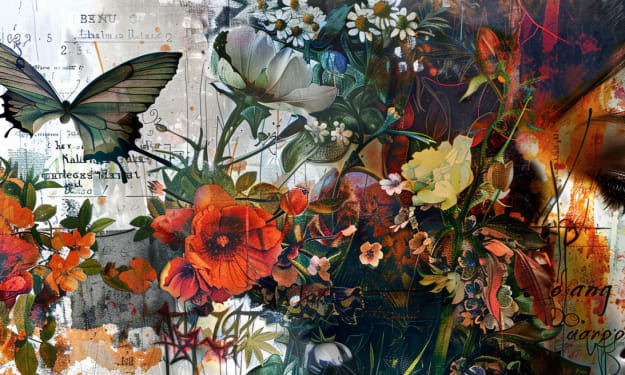The Influence of Karate on Late 20th Century Visual Culture
How karate changed our fashion and visual culture

Karate, a martial art that originated in Okinawa, Japan, has had a significant impact on global culture, especially during the latter half of the 20th century. Its influence can be seen across various visual mediums, from movies and television to everyday fashion.

The Rise of Karate in Cinema and Television
The 1970s and 1980s were pivotal decades for the popularization of martial arts, particularly karate, in Western culture. This period saw the rise of iconic martial arts films featuring legendary figures like Bruce Lee and Chuck Norris. Movies such as "Enter the Dragon" (1973) and "The Karate Kid" (1984) not only showcased the physical prowess of karate practitioners but also brought the distinctive karate uniform, or gi, into mainstream consciousness
The karate gi, characterized by its crisp white fabric and tied belt, became a symbol of discipline, strength, and exotic mystique. The visual appeal of the gi was further enhanced by the dramatic, choreographed fight scenes that captivated audiences worldwide. These movies often depicted characters wearing the gi in both training and combat, emphasizing its role as both a functional garment and a cultural icon.
Television also played a crucial role in embedding karate into the visual landscape of the time. Shows like "Kung Fu" (1972-1975) and "Mighty Morphin Power Rangers" (1993-1996) brought martial arts into living rooms across America, influencing a generation of young viewers. These shows often featured characters in karate attire, reinforcing the association between martial arts and the gi.

Karate's Influence on Fashion
The influence of karate extended beyond the screen and into everyday fashion. The clean, minimalist aesthetic of the karate gi inspired various fashion trends throughout the 70s, 80s, and 90s. Designers began to incorporate elements of martial arts attire into their collections, creating clothing that echoed the simplicity and functionality of the gi.
In the 1970s, the rise of disco culture saw the adaptation of martial arts-inspired outfits into more glamorous forms. Wide-legged pants, wrap-around tops, and belts reminiscent of karate belts became popular. This trend continued into the 1980s, where fitness and activewear often featured sleek lines and silhouettes inspired by martial arts uniforms.
The 1990s saw a resurgence of interest in martial arts, driven in part by the success of "The Karate Kid" franchise and the growing popularity of mixed martial arts (MMA). Streetwear brands began to incorporate martial arts motifs into their designs, with oversized jackets, cargo pants, and utility belts reflecting the functional style of karate gear.

The Enduring Legacy of Karate in Visual Culture
Karate's visual influence remains evident today. Martial arts-themed merchandise, including clothing and accessories, continues to be popular. The distinctive look of the karate gi has become a shorthand for martial arts expertise and discipline, making appearances in advertisements, music videos, and even in the digital world of video games and "karate clipart".
The lasting impact of karate on fashion and visual culture underscores its significance beyond just a physical discipline. It has shaped perceptions of strength, style, and cultural identity, leaving an indelible mark on the visual world of the late 20th century and beyond.
The Influence of Karate on Youth Culture and Personal Development
Beyond its impact on visual culture and fashion, karate has played a significant role in shaping youth culture and personal development during the late 20th century. Karate dojos sprang up in cities and towns worldwide, offering not just physical training but also instilling values such as discipline, respect, and perseverance. Many young people were drawn to karate as a way to build confidence and self-esteem, learning to set and achieve goals through the structured progression of belt ranks. The sense of community and camaraderie within dojos fostered lifelong friendships and a supportive environment that transcended cultural and social barriers. This widespread engagement with karate as a means of personal growth and empowerment further cemented its place in the cultural zeitgeist, influencing how young people viewed themselves and interacted with the world around them.
#KarateInfluence #KarateInMovies #KarateClipart #VisualCulture #Imagella
About the Creator
Imagella
Imagella is your go-to source for a versatile subscription image download service, offering an extensive array of high-quality, scalable graphics including cliparts, tattoo designs, coloring pages, stock photos and a lot more.
Enjoyed the story? Support the Creator.
Subscribe for free to receive all their stories in your feed. You could also pledge your support or give them a one-off tip, letting them know you appreciate their work.






Comments
There are no comments for this story
Be the first to respond and start the conversation.